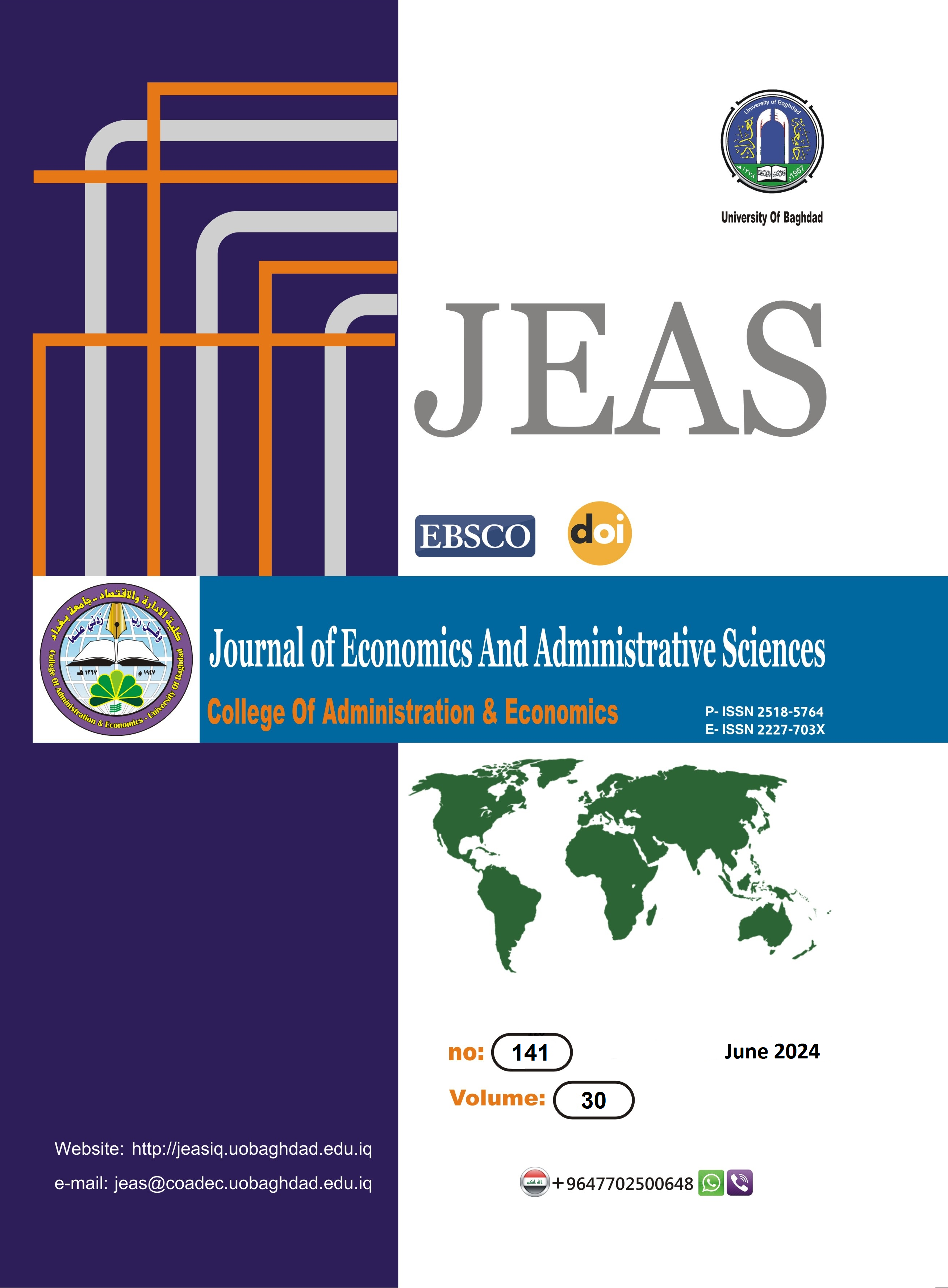Comparison of Some Robust Methods of Difference Based Ridge Estimator in Semiparametric Regression Model
DOI:
https://doi.org/10.33095/gctndv46Keywords:
Semiparametric Regression Model, Multicollinearity, Outliers, Robust estimates, Difference-Based Ridge Estimator, M, S, Kernel function, Nadaraya – Watson estimator, Cubic Smoothing Spline estimator.Abstract
The semiparametric regression models have received a lot of attention from researchers recently because it combines parametric and nonparametric methods, it is one of the advanced topics in data analysis for various studies, which aims to find the best capabilities and a high level of efficiency.
One of the most important semiparametric regression models is the partial linear regression model (PLM), which consists of a parametric component and a nonparametric component, for the purpose of estimating the parametric component, the difference method will be used to remove the nonparametric component.
When the analysis hypotheses of the parametric component are not fulfilled, it will suffer from several problems, the most important of which is the problem of complete multicollinearity, besides the multicollinearity, there are also outliers in the data.
In this research, the problems of multicollinearity and outliers of the semiparametric regression model were addressed, where simulation was used to generate data with different sample sizes and for different correlations and outlier ratios and for different methods such as [Difference Ridge based M robust with Nadaraya – Watson (DRMNW), Difference Ridge based S robust with Nadaraya – Watson (DRSNW), Difference Ridge based M robust with Smoothing spline (DRMSP), Difference Ridge based S robust with Smoothing spline (DRSSP)], the results showed that method Difference Ridge based S robust with Smoothing spline (DRSSP) is the best estimator
Paper type: Research paper.
Downloads
Published
Issue
Section
License
Copyright (c) 2024 Journal of Economics and Administrative Sciences

This work is licensed under a Creative Commons Attribution-NonCommercial-NoDerivatives 4.0 International License.
Articles submitted to the journal should not have been published before in their current or substantially similar form or be under consideration for publication with another journal. Please see JEAS originality guidelines for details. Use this in conjunction with the points below about references, before submission i.e. always attribute clearly using either indented text or quote marks as well as making use of the preferred Harvard style of formatting. Authors submitting articles for publication warrant that the work is not an infringement of any existing copyright and will indemnify the publisher against any breach of such warranty. For ease of dissemination and to ensure proper policing of use, papers and contributions become the legal copyright of the publisher unless otherwise agreed.
The editor may make use of Turtitin software for checking the originality of submissions received.


























